Ancient news stories
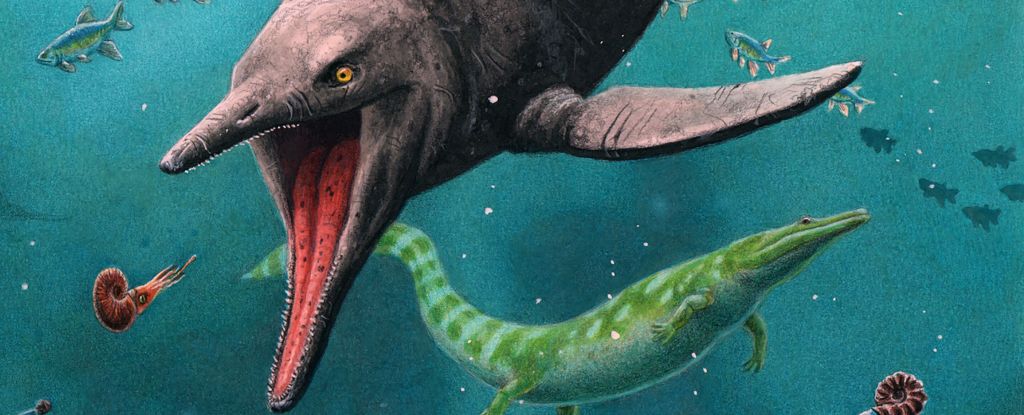
Bones found on the remote Arctic island of Spitsbergen suggest the ancient marine reptiles known as ichthyosaurs roamed Earth’s oceans for much longer than we thought.
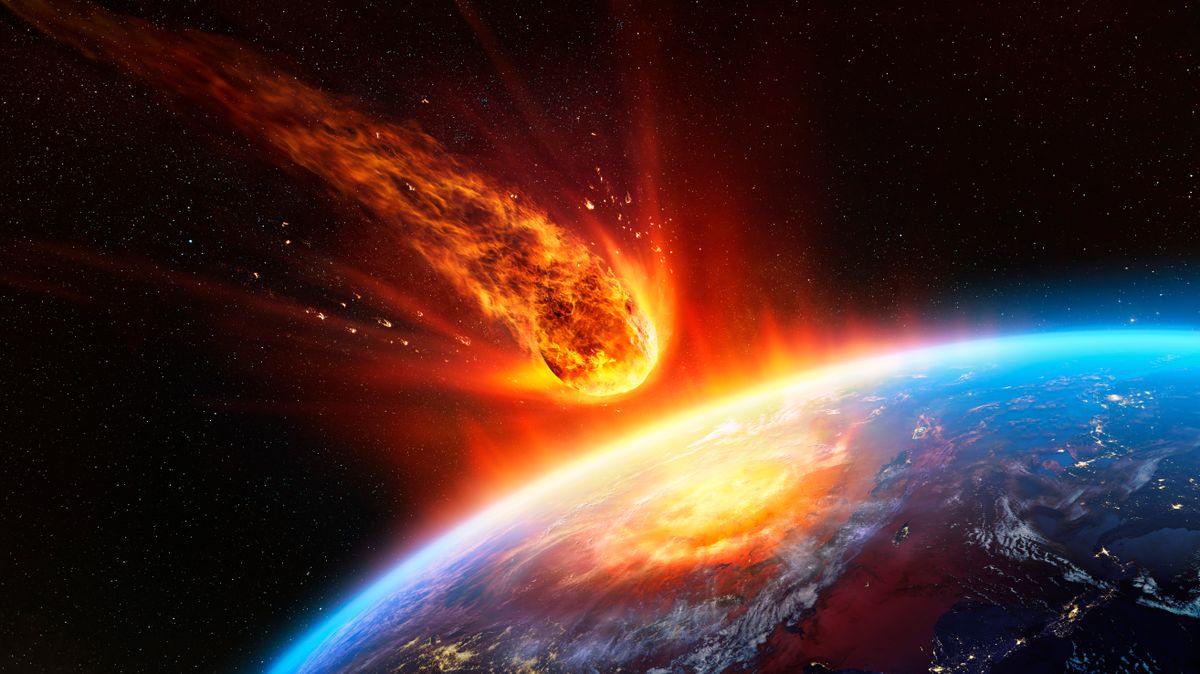
Scientists in Australia have unearthed 3.48 billion-year-old rock fragments that may be the earliest evidence of a meteorite crashing into Earth.
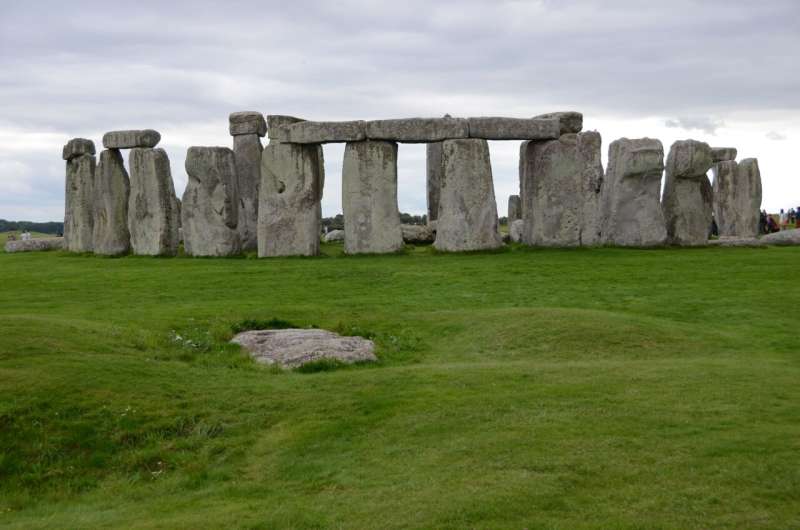
Over the years, several theories have been put forward about Stonehenge’s meaning and function. Today, however, archaeologists have a rather clear picture of this monument as a “place for the ancestors,” located within a complex ancient landscape which included several other elements. See the study here.
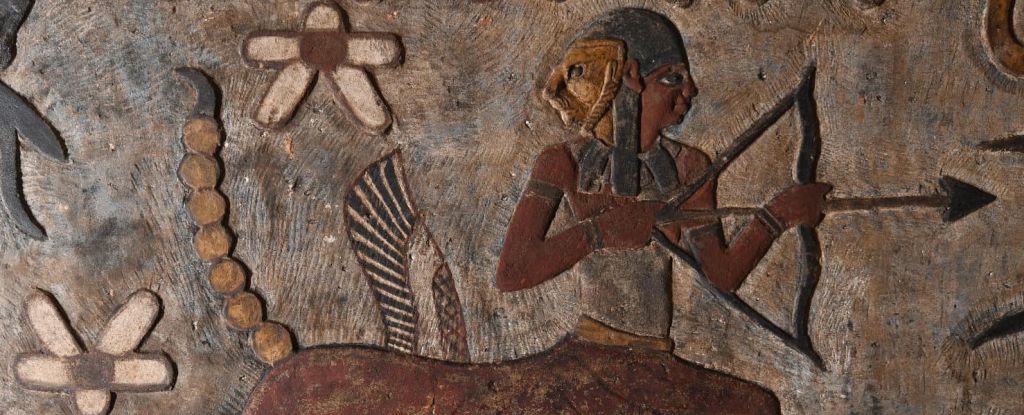
A spectacular series of relief paintings on the ceiling of an ancient Egyptian temple depict 12 signs of the zodiac, and you might be surprised to recognize some of them.
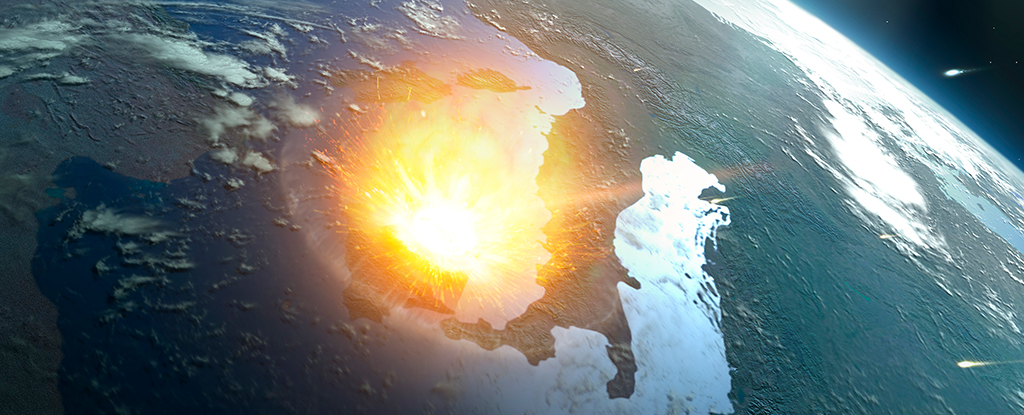
Our planet hides its scars well. It’s a shame, actually, as evidence of previous asteroid strikes might help us better plan for the next catastrophic impact. In fact, NASA’s Goddard Space Flight Center chief scientist, James Garvin, thinks we might have been misreading traces of some of the more serious asteroid strikes that have occurred within the past million years
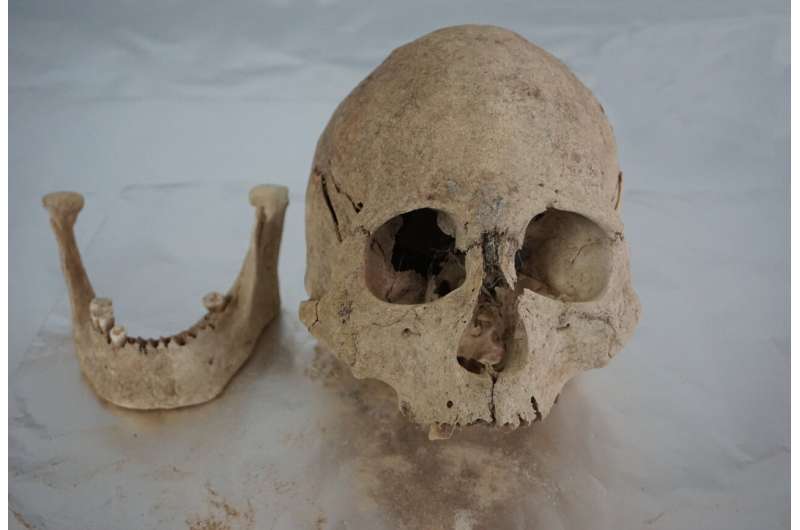
Our understanding of their origins and history on the plateau is patchy. DNA sampling from ancient humans has been limited to a thin slice of the southwestern plateau in the Himalayas. Now a study has filled this gap by sequencing the genomes of 89 ancient humans dating back to 5100 BP.
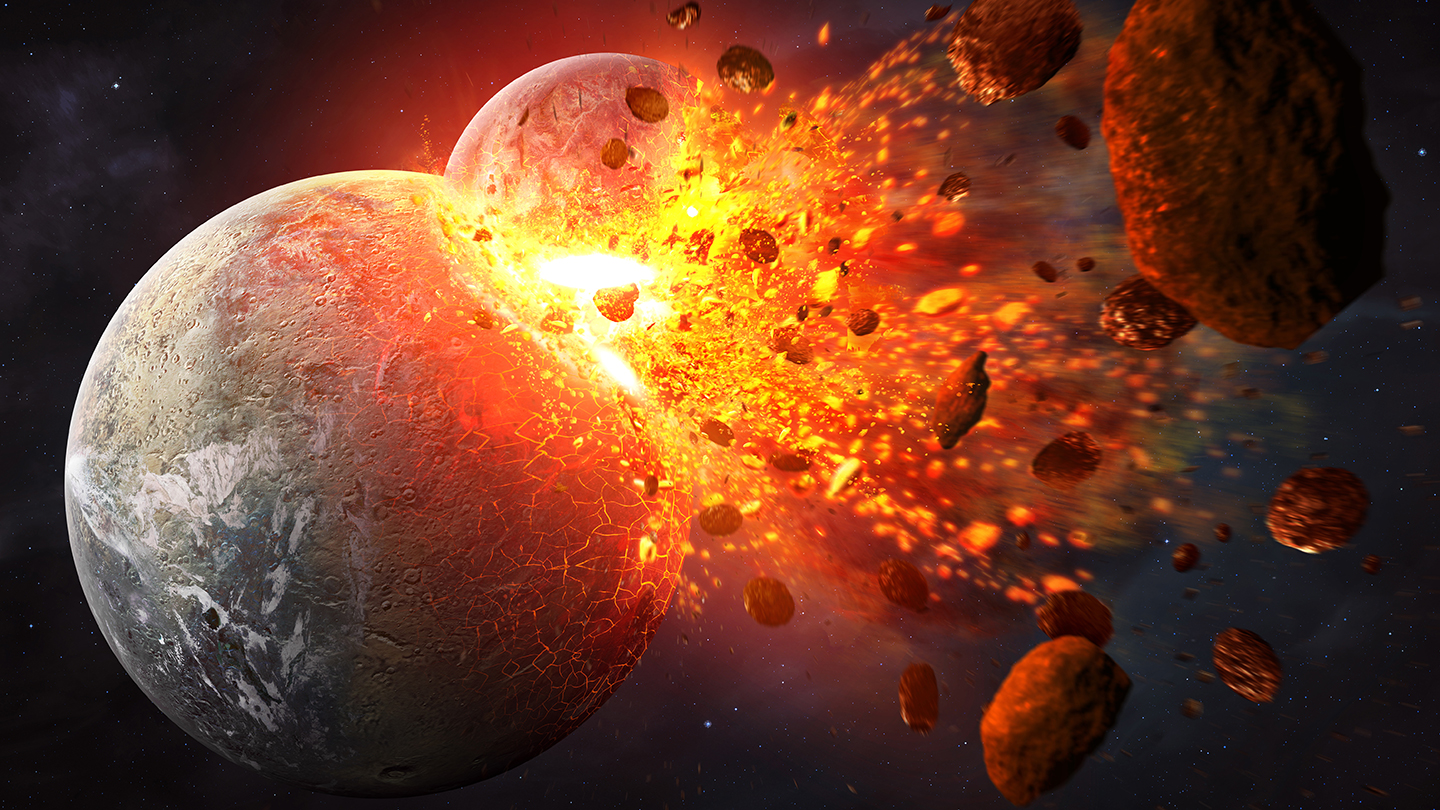
Vestiges of a moon-forming cataclysm could have kick-started plate tectonics on Earth. See research here.
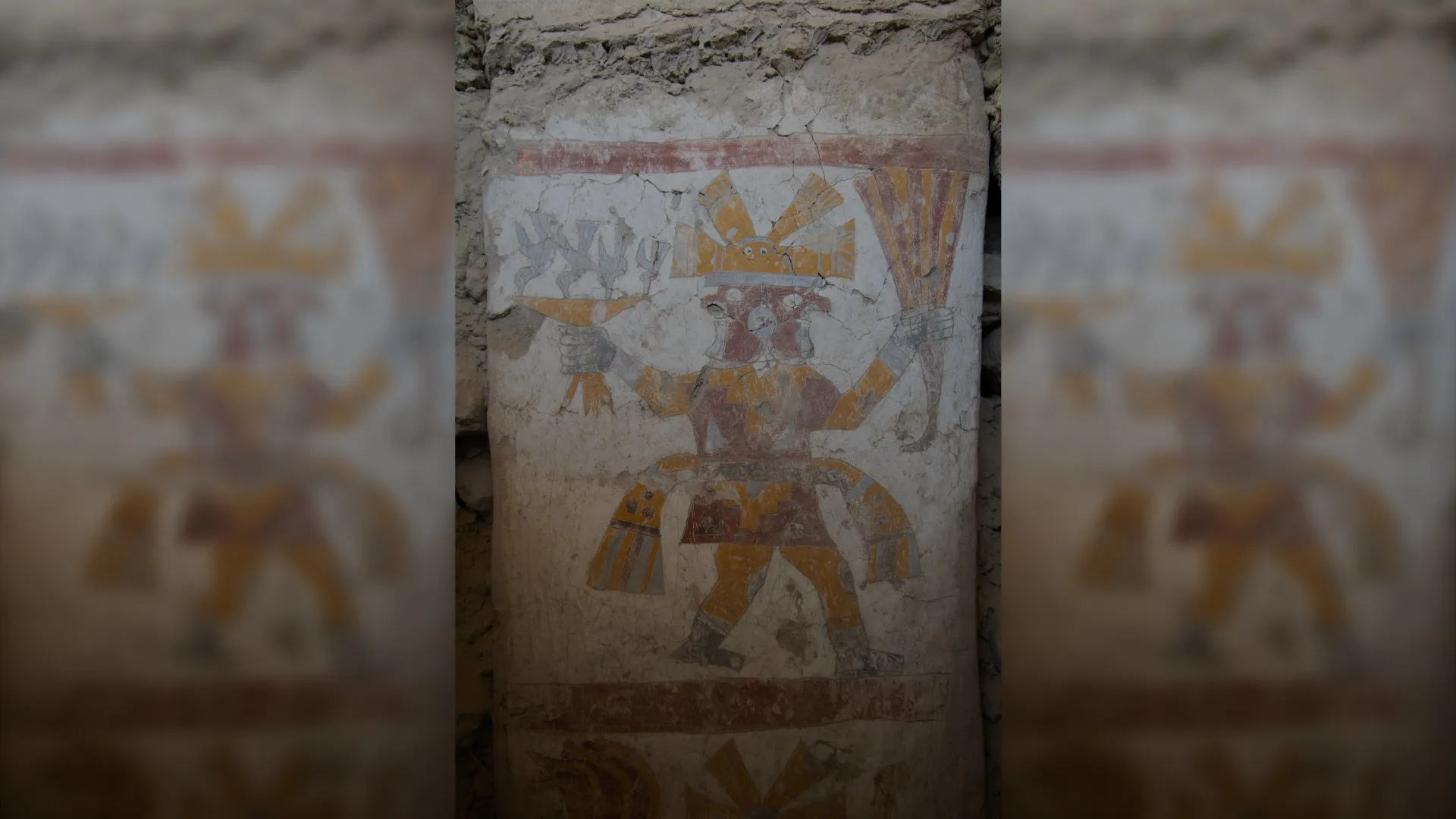
Two murals of two-faced men holding unusual treasures — including a goblet that hummingbirds are drinking from, a detail that may allude to sacrifice and “cosmic realms” — were recently discovered at the 1,400-year-old archaeological site of Pañamarca in coastal Peru.
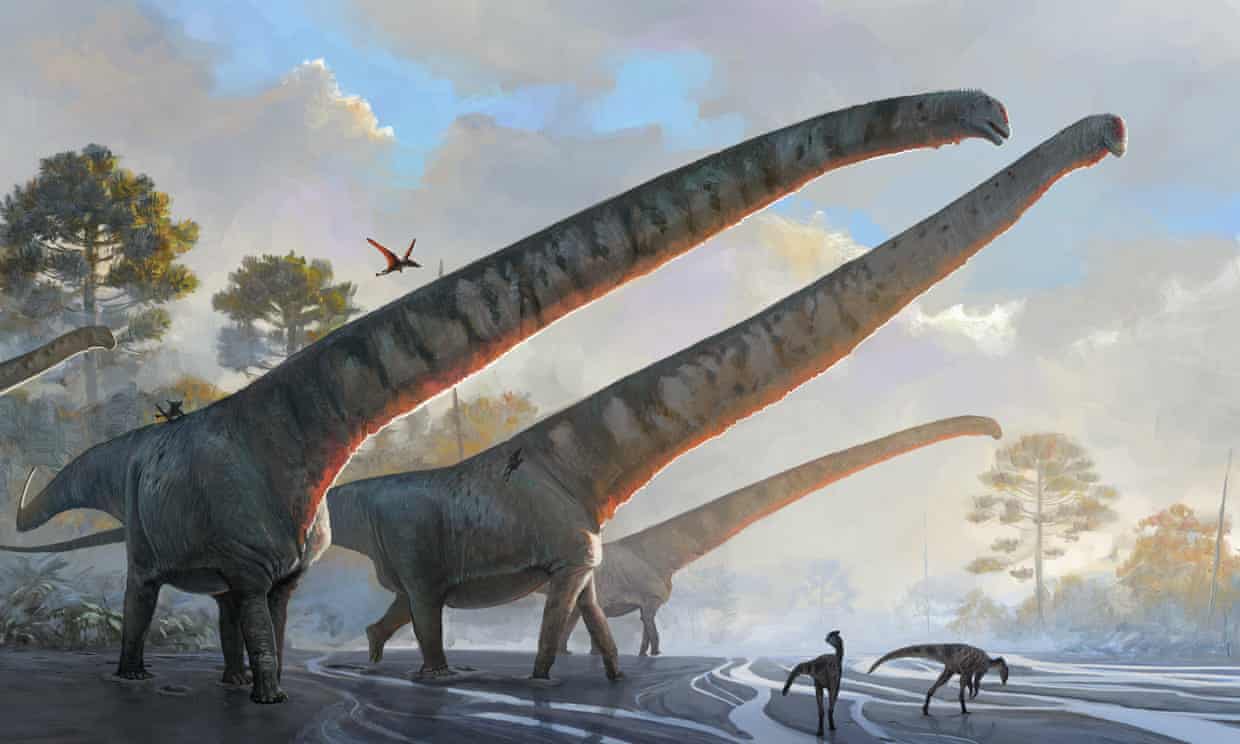
A dinosaur that roamed east Asia more than 160m years ago has been named a contender for the animal with the longest neck ever known.
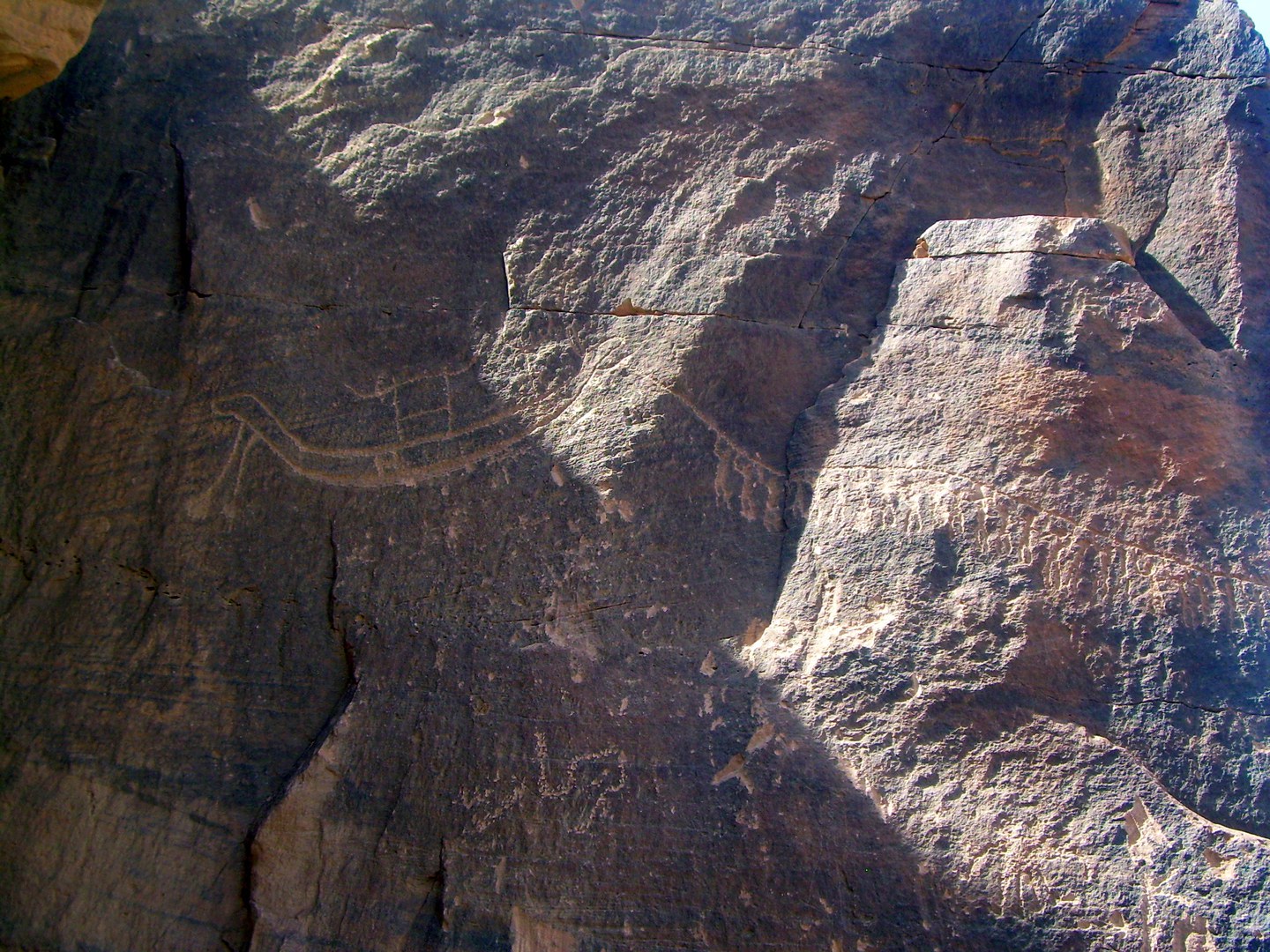
The desert in southern Egypt is filled with hundreds of petroglyphs and inscriptions dating from the Neolithic to the Arab period. The oldest date is from the fifth millennium B.C. and few have been studied.
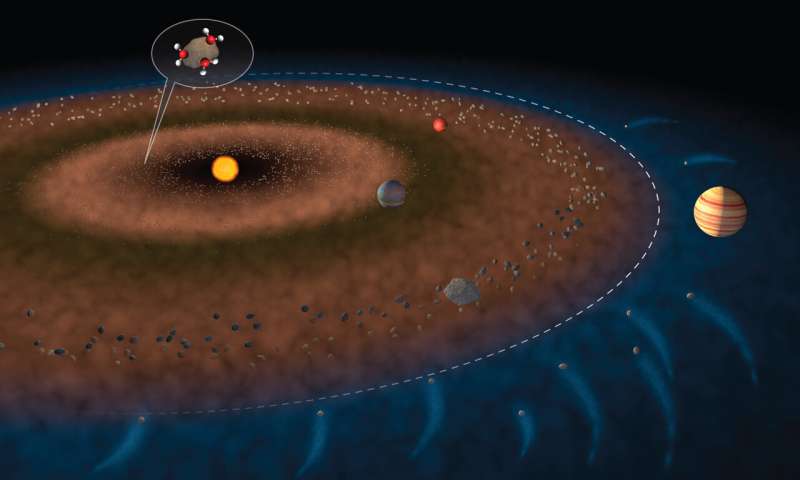
A new study published in the journal Nature brings scientists one step closer to answering that question. Led by the University of Maryland Assistant Professor of Geology Megan Newcombe, researchers analyzed melted meteorites that had been floating around in space since the solar system’s formation 4 1/2 billion years ago.
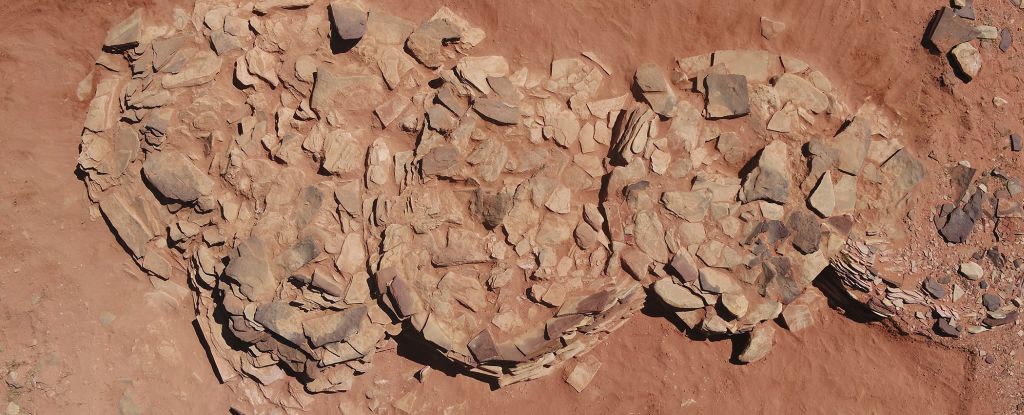
According to an in-depth new analysis, the mysterious, rectangular enclosures were used by Neolithic people for unknown rituals, depositing animal offerings, perhaps as votives to an unknown deity or deities.
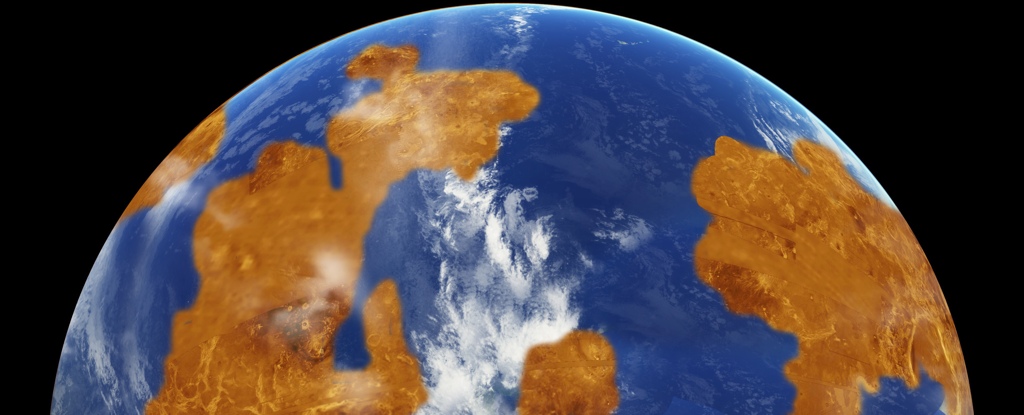
A new study has found that if Venus ever did have habitable conditions, and liquid water on its surface, it was a long time ago, and lasted only briefly before the planet transformed into the parched, arid world it is today.
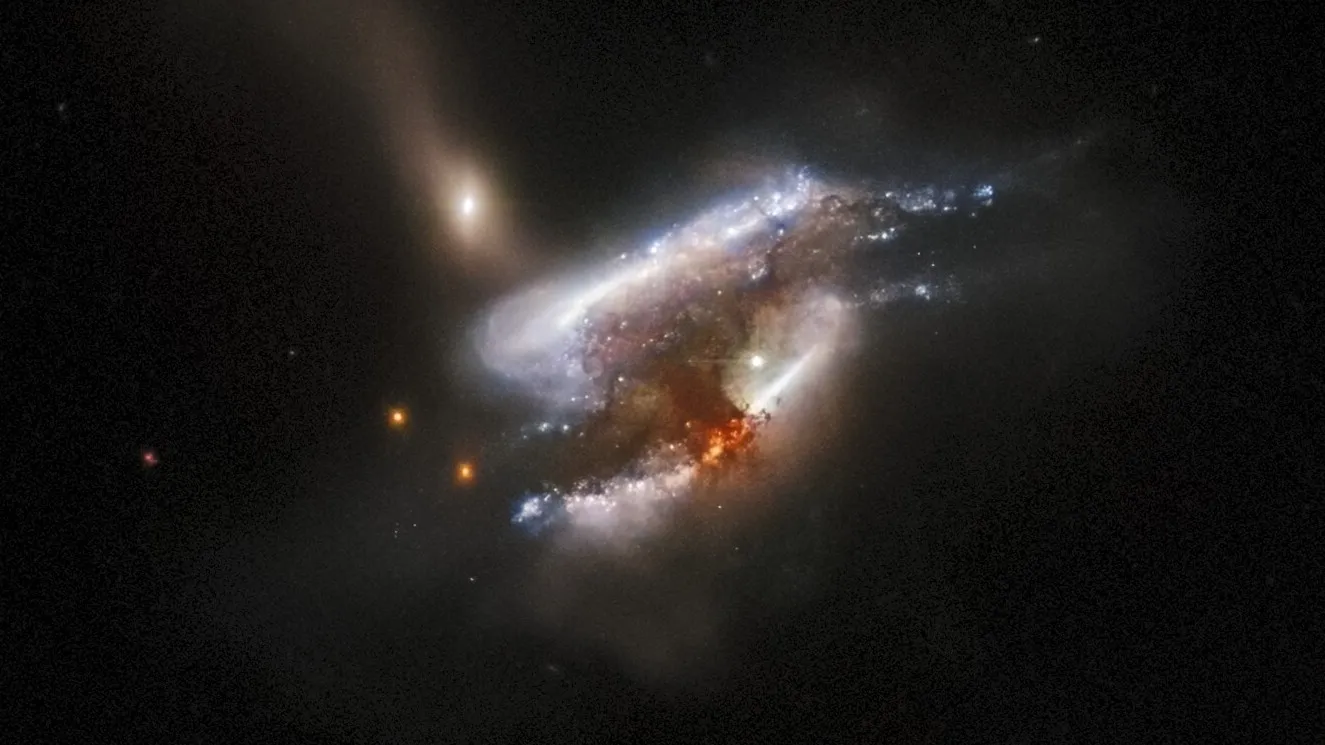
Glimpsed only occasionally at the hearts of massive clusters of galaxies, ultramassive black holes are some of the largest and most elusive objects in the universe…Now, researchers studying a rare galaxy merger with three supermassive black holes at its center may have finally discovered the origins of these cosmic monsters.
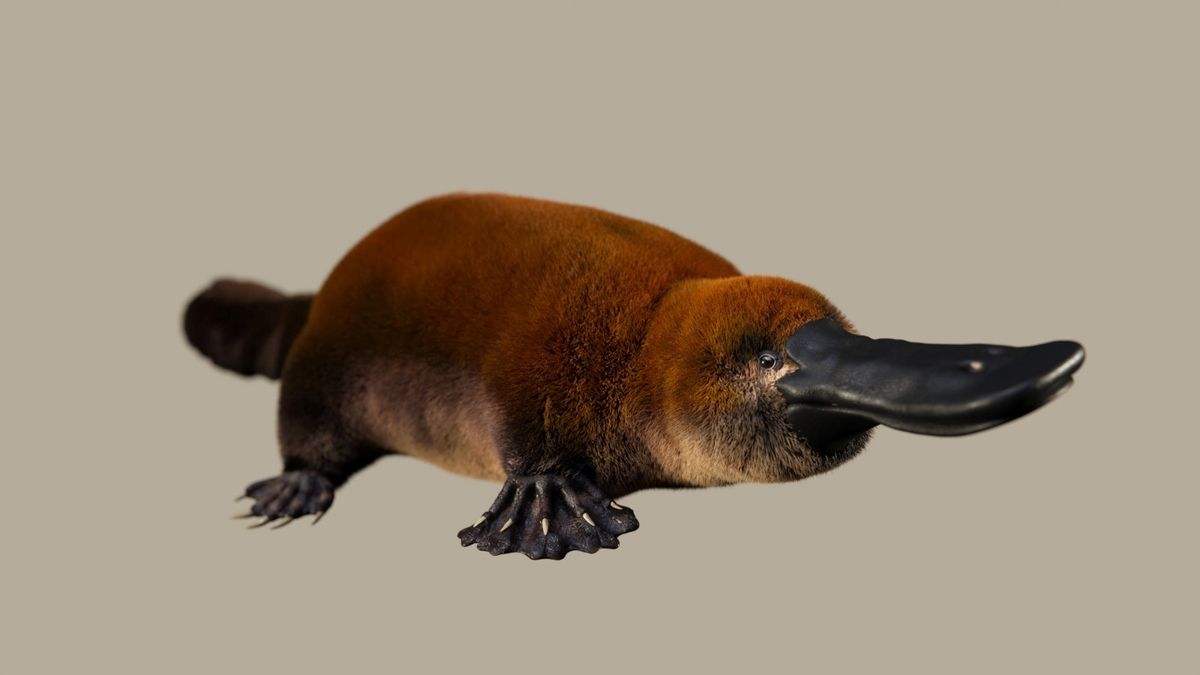
Fossils of a 70 million-year-old platypus relative called Patagorhynchus pascuali found in South America show that egg-laying mammals evolved on more than one continent.

Archaeologists have analyzed 2,900-year-old stone carvings and a long-ignored chisel from the Iberian Peninsula, revealing that local craftspeople produced steel long before previously thought.








